The Wisconsin State Journal reports:
Inside the elevator that ascends six floors in the UW-Madison Humanities Building to reach the university’s art department, the aesthetics had sunk low, really low.
Over the years the metal walls of the bare-bones, slightly rumbly elevator served as a magnet for 2D creativity, some of it intriguing, but a lot of it slapdash and much of it resembling graffiti more often found on the sides of a bathroom stall. In other words, the kind of vandalism someone can pull off between stops on a 20-second elevator ride.
My feeling is that this was simply art students practicing their elevator pitch. In a city that already has Connected Bits service, you simply would have used your smartphone to take a quick pic of the graffiti and send it on to the authorities. By the way, the person behind Connected Bits (and other very intriguing ventures) is Dave Mitchell, who is a Lawrence alum and will be guest speaker for In Pursuit of Innovation (Econ 211) next term. But, in Madison, they took a tip from the pop-up gallery movement instead, and turned that doomed “lift” into the Hi/Lo Gallery, “seven floors of visual candy.” Appleton is likely soon to get its first pop-up gallery, thanks to Sydney Pertl and Krissy Rhyme , who have been continuing the project from Entrepreneurship in the Arts and Society, and hope to open the first exhibition in February.
[HT to Inside Higher Ed]
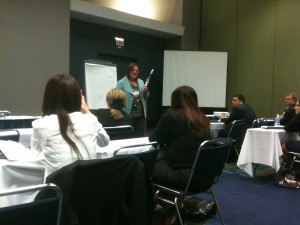


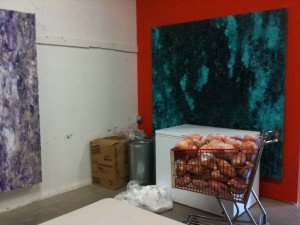
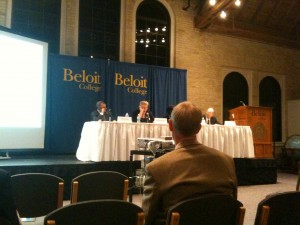


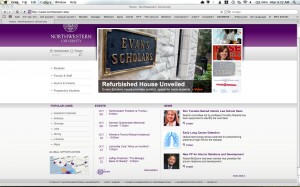

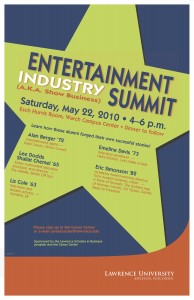
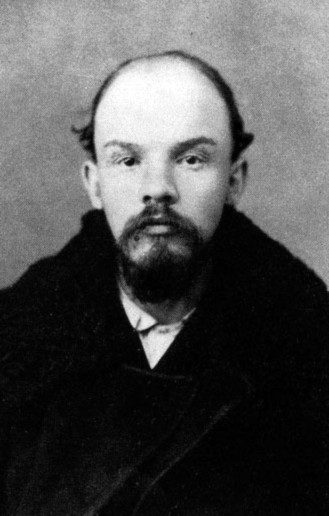
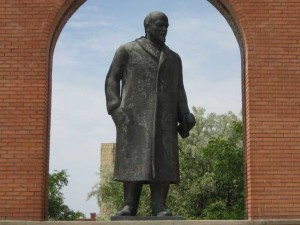
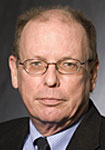
 Our weekly EconT
Our weekly EconT